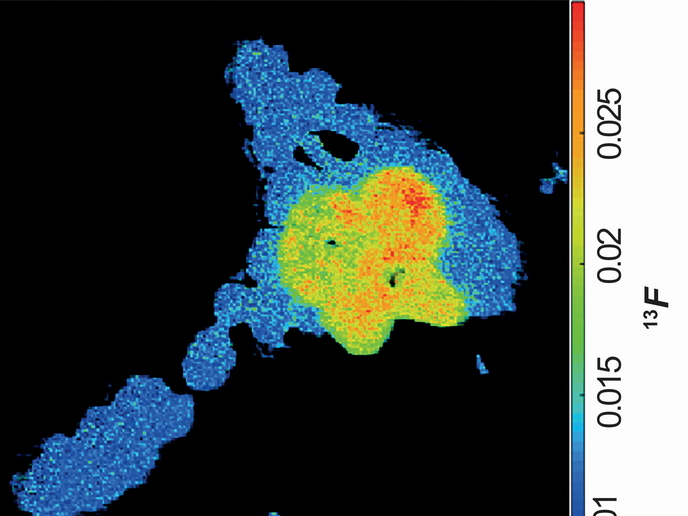Air pollution and cognitive performance in children
Attention-deficit hyperactivity disorder (ADHD) is a neurodevelopmental condition characterised by an inability to focus on tasks and hyperactive behaviour, leading to functional impairment in academic, family, and social settings. Although ADHD is considered a familial condition, certain environmental factors are emerging as important contributors to ADHD pathophysiology. The EU-funded APGAR project wished to determine the impact of urban air pollution on brain function and cognitive performance in children. The work focused on polycyclic aromatic hydrocarbons (PAHs) mainly emitted into the air from anthropogenic combustion sources such as cigarette smoke, charcoal-broiled food and emissions from combustion of fossil and biomass fuels. PAHs are extremely dangerous as they can cross the blood-brain barrier and cause pathophysiological changes such as loss of neuronal activity and cell death. APGAR partners performed a longitudinal study in school age children from the general population in different schools in Barcelona, Spain. Psychometric and air pollution measurements indoor and outdoor were conducted weekly at the beginning of the school year and 9 months later. “Previous studies have focused exclusively on effects based on test scores. Our study interfaced neuroimaging with environmental epidemiology providing a novel approach,″ explains project coordinator Dr Mortamais. Increased levels of air pollutants affect brain structure Firstly, researchers employed statistical methodology and regression models to investigate the relationships between air pollutant levels at the schools and the children’s brain structures obtained through three-dimensional and functional magnetic resonance imaging (MRI). Then they assessed the effects of the air pollution-related brain changes on their cognition and behaviour. In the final step, they examined the association between air pollutants levels and cognitive performance in children. Interestingly, APGAR results demonstrated that a small increase in specific indoor and outdoor PAH levels in the school environment was associated with a reduction corresponding to almost 2 % of the mean caudate nucleus volume (CNV). The caudate nucleus is a component of the basal ganglia located centrally in the brain and is involved in many crucial cognitive and behavioural processes including ADHD symptoms and Alzheimer’s Disease. Intriguingly, PAH levels and specifically those of benzo(alpha)pyrene (BAP) were well below the legislated annual target levels established by the European Council Directive (2004/107/EC). Although the BAP-related CNV alteration could not be directly associated with an increase in ADHD symptoms, it is nonetheless a concern for the neuro development of children. Need for different legislation on PAH exposure Given that the mechanisms underlying PAH neurotoxicity are under investigation, the APGAR findings provide important insight towards the link between air pollution and cognitive disorder in children. Researchers propose that PAHs cause oxidative damage in the particularly vulnerable caudate nucleus of the brain. Importantly, the results of the project suggest that urban air pollution has an impact on brain structures, even in cases where exposure levels are well below those recommended by the European Union. Follow-up MRI monitoring is necessary to confirm the effect of chronic exposure to air pollution. “Our results should encourage the re-evaluation of the legislative annual target by the European Union,″ states Dr Mortamais. Undoubtedly, improving air quality is expected to improve public health by directly reducing the burden of disease associated with air pollution in Europe.







